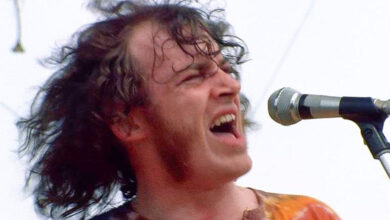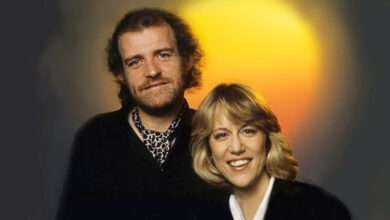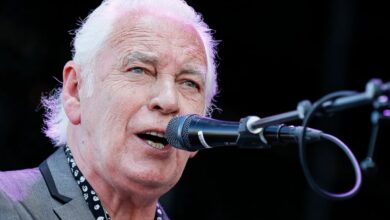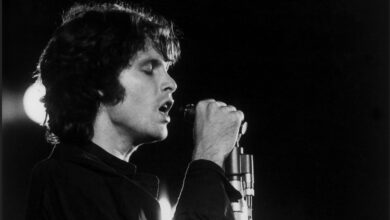This is not a song, it’s a way of life | (From the film “Easy Rider – 1969”
“Born to Be Wild” by Steppenwolf is an iconic rock song that has left a significant mark on the music industry and popular culture since its release in 1968. Known for its hard-hitting guitar riffs and powerful vocals, the song quickly became an anthem of rebellion and freedom, capturing the spirit of the late 1960s. Its association with the counterculture movement and its inclusion in the seminal road movie “Easy Rider” in 1969 further cemented its status as a cultural landmark.
The song was written by Mars Bonfire, which is the stage name for Dennis Edmonton, who was actually the brother of Steppenwolf’s drummer, Jerry Edmonton. The catchy phrase “Born to Be Wild” and the driving beat made it a perfect fit for the burgeoning hard rock scene. The song’s lyrics, celebrating the joys of the open road and a nomadic lifestyle, resonated with the youth of the era, many of whom were seeking a sense of freedom and escape from societal norms.
Steppenwolf, formed in Los Angeles in 1967 by lead singer John Kay, drummer Jerry Edmonton, bassist Rushton Moreve, guitarist Michael Monarch, and keyboardist Goldy McJohn, quickly rose to fame with “Born to Be Wild.” The band’s name, inspired by Hermann Hesse’s novel “Steppenwolf,” reflected their desire to capture the dichotomies of human nature and the search for personal freedom and identity, themes that were prevalent in their music.
“Born to Be Wild” is often cited as one of the first heavy metal songs due to its pioneering use of distorted guitar sounds and the phrase “heavy metal thunder” in its lyrics. However, the song encompasses a broad range of rock styles, from hard rock to blues rock, and has been influential across multiple genres. It showcased Steppenwolf’s ability to blend powerful lyrics with compelling musical compositions, setting a precedent for future rock anthems.
The song’s inclusion in “Easy Rider,” starring Peter Fonda, Dennis Hopper, and Jack Nicholson, played a pivotal role in its enduring popularity. The film, with its themes of freedom, the open road, and non-conformity, was a perfect match for the song’s message. “Born to Be Wild” not only became synonymous with motorcycle culture but also with the broader desire for freedom that defined the late 1960s and early 1970s.
Over the years, “Born to Be Wild” has been covered and sampled by numerous artists, featured in various movies, commercials, and television shows, and has remained a staple in the repertoire of classic rock radio stations. Its opening guitar riff and the call to “get your motor runnin'” are instantly recognizable, making it a timeless piece that continues to inspire new generations.
Steppenwolf’s success with “Born to Be Wild” and subsequent hits like “Magic Carpet Ride” established the band as one of the key players in the rock scene of the late 1960s and early 1970s. Despite the band’s changes in lineup and eventual disbandment in the late ’70s, their legacy, particularly the impact of “Born to Be Wild,” endures. The song’s message of freedom and adventure speaks to universal themes that continue to resonate with audiences worldwide.
The enduring appeal of “Born to Be Wild” lies not only in its powerful musical composition but also in its embodiment of a particular moment in American history. It captures the essence of a time when the country was undergoing significant social and cultural changes. The song, with its raw energy and rebellious spirit, remains an emblem of a period characterized by a collective yearning for freedom, making it more than just a rock anthem but a historical artifact that provides insight into the mood of an era.





